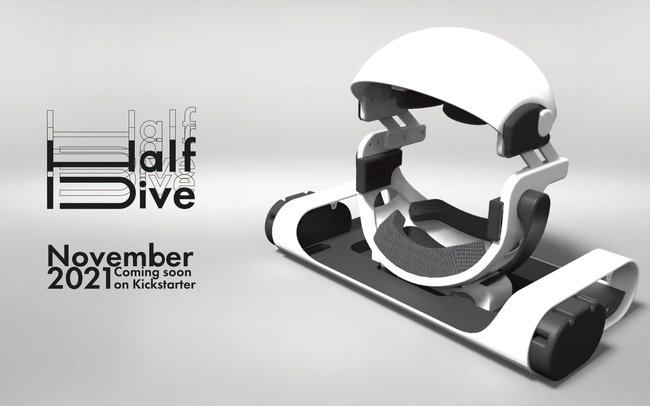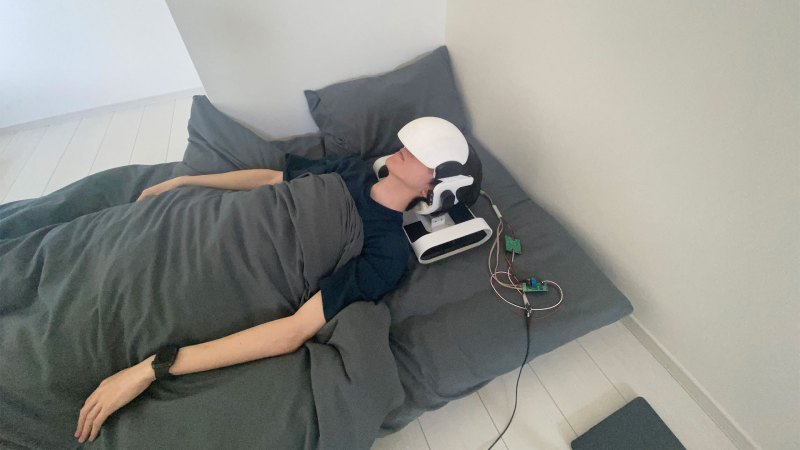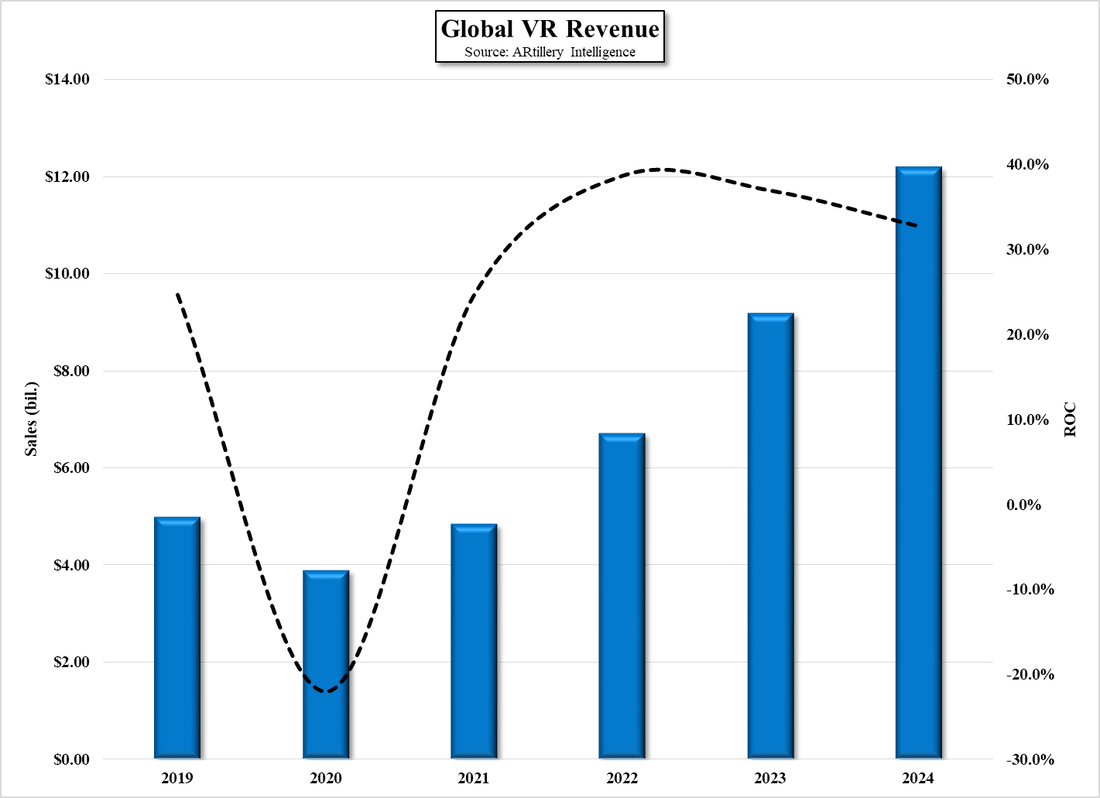VR – Believe It Or Not
That said, the National Research Group (), an organization that provides focus groups, workshops, and ‘in-depth interviews’, along with meetings with influencers to brands to generate effective ad campaigns and product positioning, has done a survey entitled “Beyond Reality…Is the Long-awaited VR Revolution Finally On the Horizon?”, which was enough to draw our attention. The study involved 2,500 respondents, aged 18 to 64 in the US and was conducted in March of this year, and focused on consumer attitudes toward VR systems and content. Here is what we pulled out of the 13 page report:
- 37% of US consumers describe themselves as “excited” about spending time in virtual reality and an additional 43% say they are interested in the technology and willing to use it under the right circumstances, with 40% saying they have become more interested in VR as a result of the COVID-19 pandemic.
- Just under 40% of consumers say they have now had at least one VR experience, with 85% who have tried VR saying they would describe the experience as either ‘very’ or ‘somewhat’ positive, and 57% saying they ‘definitely’ plan to have more VR experiences in the future, while 28% say they will ‘probably’ do so again.
- 49% said they had the VR experience in their own home. 43% said it was in a friend or family member’s home. 33% said it was at a video game arcade. 21% said at a theme park, and 12% said it was at a museum or art gallery.
- 71% describe themselves as people who are generally early adopters of new technologies
- 60% are male and 40% female.
- 47% were between the ages of 18 and 34, while 47% were between the ages of 35 and 54, while 6% were between 55 and 64 years old.
- 86% play video games on a regular basis
- 61% were white, 20% Hispanic, 11% Black, and 8% other.
- 88% of consumers who have a VR headset say they use it multiple times each month while 60% say they use it more than once per week.
- 54% of those who own a VR headset say they use it for less than 2 hours/week, and 66% say they tend to use the device for a maximum of 45 minutes and 37% say they use it for less than 30 minute each time.
- 72% say they use the headset to play games, 42% say to watch TV or films, 35% they use it to workout, 29% use it to browse the internet, and 22% say to create music, videos, or art.
- 63% of consumers who own a VR headset say they bought it to play games, 32% said they wanted to see what all the hype was about, 32% said they wanted to keep up with new technology, 28% said a friend or family member recommended they buy it, and 27% received it as a gift.
- 52% said good image resolution
- 44% said comfortable headset and controllers.
- 39% said high quality audio.
- 35% said easy and intuitive to set up.
- 34% said compatible with a wide range of video games
- 33% said it should not require a connection to a PC or game console.
- 29% said it must be compatible with my existing devices.
- 28% said it should have eye-tracking.
- 17% said the headset gives me serious nausea or motion sickness.
- 17% said there is not a wide enough selection of VR games.
- 16% said the headset is uncomfortable.
- 14% said there is not enough of a selection of films or media to watch.
- 46% said VR devices are too expensive.
- 25% said they don’t use it enough to justify the purchase.
- 16% said they did not see the appeal of the VR experience.
- 15% said they don’t know where to get started buying one.
- 12% they were worried about motion sickness.
- 12% said they were waiting for VR quality to improve.
- 12% said they were worried about the effect it will have on their eyesight.
The most telling response were those concerning usage, which would indicate that fatigue is a major factor for almost all users, and that the quantity and quality of available games and video content does little to push users to engage more often. Would better and more games be enough to create a new VR paradigm or will hardware control the ball until fatigue issues are resolved? We would guess both, with hardware a bit ahead of content, although they tend to be a bit closely tied.
While new and less expensive VR headsets will draw in additional users, the hype surrounding the Metaverse is more likely to be a tease followed by disappointment for both those consumers who expected to spend hours each day in wondrous lands tailored to their likes and dislikes, and retailers who expected to be deluged with orders for both real and virtual products. Creating a true Metaverse requires VR to advance quickly and for the supporting industry to temper consumer and business expectations to a more realistic timeline, which is rarely done in the CE world. Maybe ‘exciting’ is a better description than ‘VR is Here’, but headline writers are writing to sell product so most likely the hype will continue until the next cyclical ‘disappointment’ cycle begins and the process will begin again. Such is the ‘Circle of Life’ in the CE space…











 RSS Feed
RSS Feed